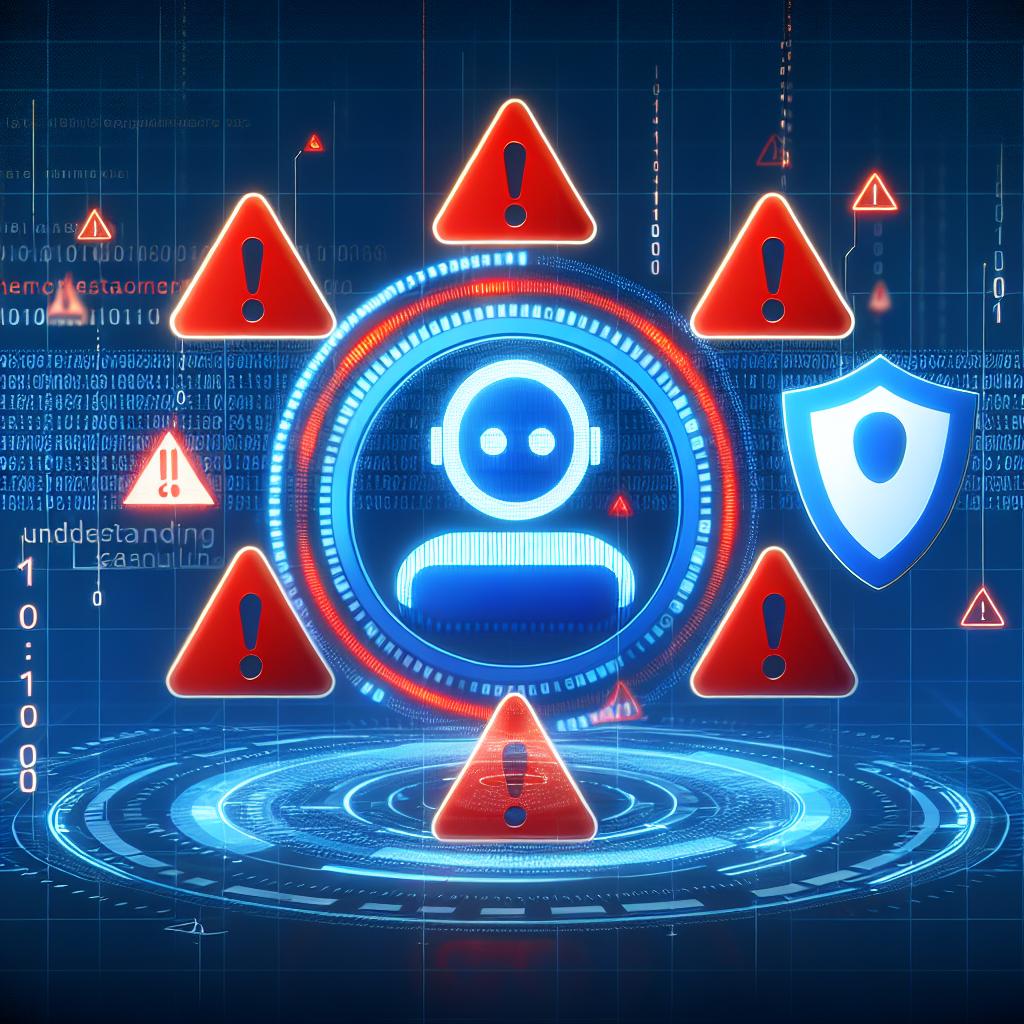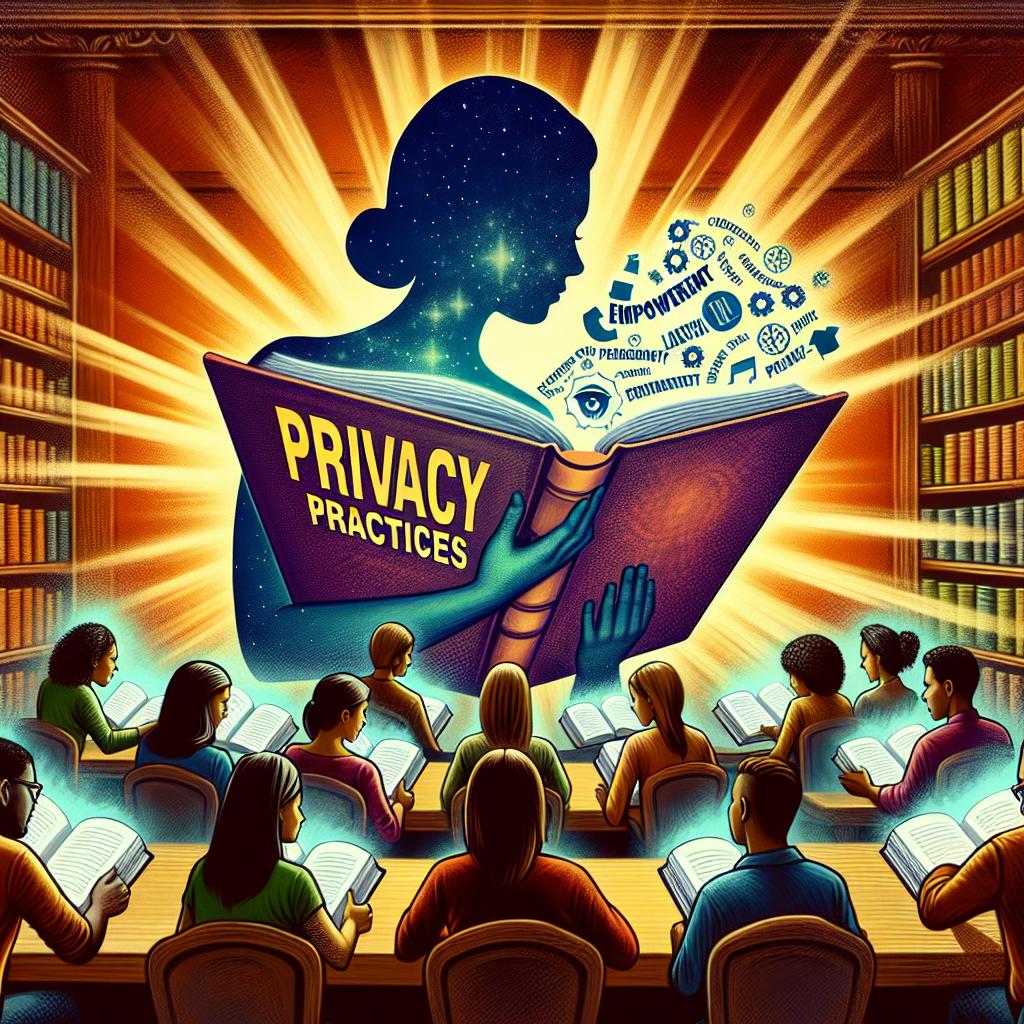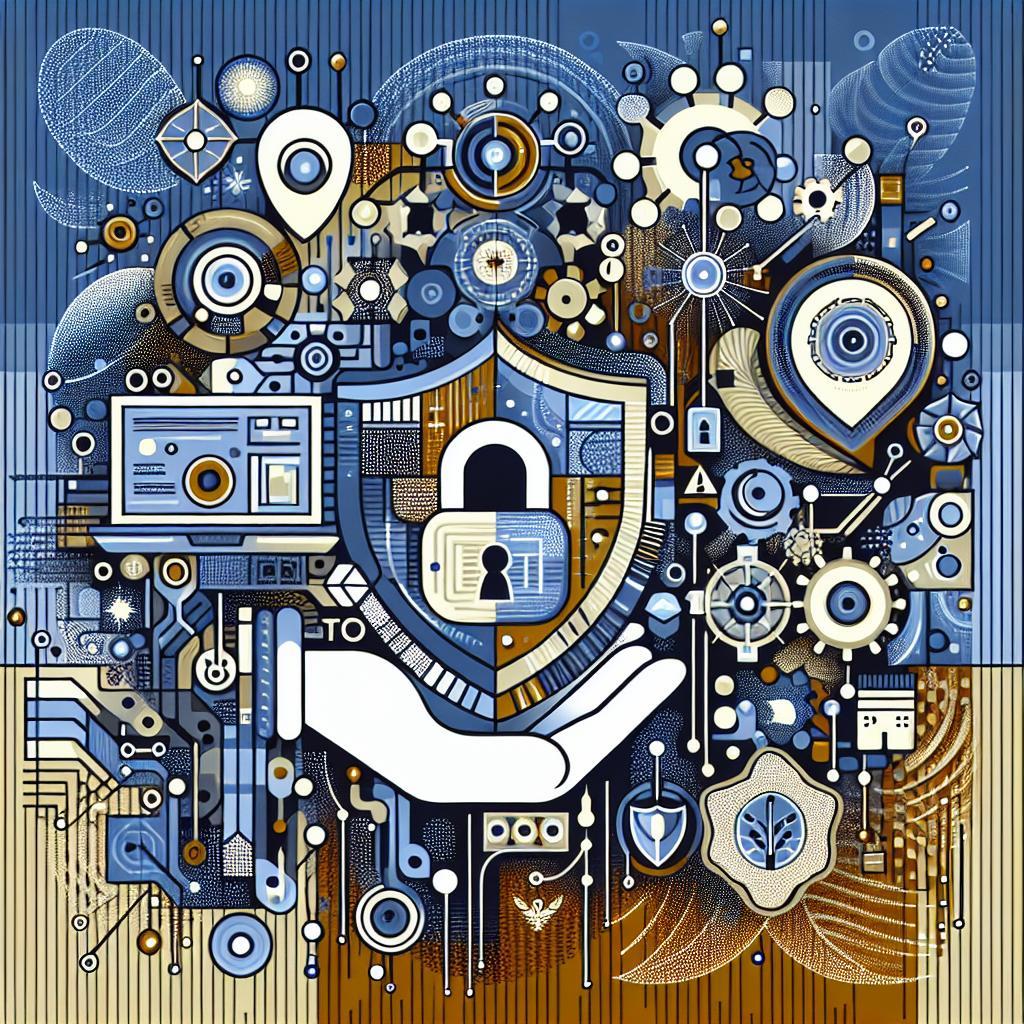In today’s digitally driven world, chatbots have swiftly become the friendly gatekeepers of our online interactions, ready to assist us at a moment’s notice. From answering questions about product returns to helping us navigate complicated websites, these AI-powered companions are more than just algorithms responding to queries—they are often entrusted with our personal data. But as they whisper sweet nothings into the ears of eager customers, there’s an important question that lingers in the background: how safe is our information in their virtual hands? In this article, we’ll embark on a cozy yet crucial exploration of chatbot security, unveiling the secrets behind safeguarding customer data and ensuring privacy remains a top priority. So grab a cup of coffee, settle in, and let’s dive into the world of chatbots, where technology meets trustworthiness!
Understanding the Risks: What Chatbots Mean for Customer Privacy
As businesses increasingly embrace chatbots to enhance customer service experiences, it is vital to consider the implications for privacy and data security. Chatbots collect a wealth of information from users, ranging from names and addresses to sensitive details about financial transactions and personal preferences. This raises significant concerns regarding how this data is stored, processed, and ultimately protected. Ensuring that chatbots operate within strong privacy protocols is essential to safeguarding customer data from potential breaches. Here are some risk factors to contemplate:
- Data Breaches: Unauthorized access to stored data can lead to sensitive information falling into the wrong hands.
- Lack of Transparency: Customers may be unaware of what data is being collected and how it is used.
- Inadequate Data Encryption: Without proper encryption, data transferred between users and chatbots can be intercepted.
To better understand these risks, consider the following overview of potential data exposures from chatbot interactions:
| Type of Data | Risk Level | Mitigation Strategies |
|---|---|---|
| Personal Identification | High | Implement strict access controls and secure coding practices. |
| Payment Information | Critical | Use industry-standard encryption like PCI DSS. |
| User Interaction Logs | Medium | Regular audits and anonymization of data. |

Building a Fortress: Essential Security Measures for Chatbot Developers
Securing your chatbot is akin to building a fortress around your customer data. First and foremost, it’s crucial to implement end-to-end encryption. This ensures that messages exchanged between users and the chatbot remain private and secure from prying eyes. Additionally, consider employing multi-factor authentication (MFA) for user access to further safeguard sensitive information. Limiting data access to only those with a legitimate need can significantly reduce vulnerability, while regular security audits can help identify and patch any potential weak spots in your system.
Another vital aspect of chatbot security is monitoring and logging interactions. Keeping a close eye on user engagement not only helps in detecting suspicious activity but also aids in maintaining compliance with privacy regulations. Implementing data anonymization techniques can protect personal information, making it difficult for malicious actors to exploit. engaging in regular security training workshops for your development team can instill a culture of security-consciousness, ensuring everyone is equipped to protect your chatbot fortress adequately.

Empowering Users: Educating Customers on Privacy Practices
In an age where data breaches and privacy concerns dominate the headlines, it has become essential for businesses to prioritize user education on privacy practices. By providing clear and accessible information about how their data is collected, used, and protected, companies can empower customers to take control of their digital footprints. This not only fosters trust but also encourages users to engage more confidently with chatbot technologies.
Here are key privacy practices every user should be aware of:
- Data Minimization: Understanding that only necessary information should be collected.
- Informed Consent: Knowing that explicit permission is required before personal data is utilized.
- Secure Channels: Engaging with chatbots over encrypted platforms to safeguard conversations.
- User Rights: Being informed about the right to access, modify, or delete their data.
Additionally, businesses can enhance customer awareness by implementing ongoing communication strategies and educational content. Offering easy-to-follow guides or FAQs on privacy settings not only illustrates commitment but can significantly elevate the user experience. Consider detailing the roles of encryption, anonymization, and secure authentication in a simple and appealing format, such as the following table:
| Privacy Practice | Explanation |
|---|---|
| Encryption | Transforms data into a secure format that is unreadable without a decryption key. |
| Anonymization | Removes identifiable information, ensuring user privacy while maintaining data utility. |
| Secure Authentication | Verifies user identities through methods like two-factor authentication for enhanced security. |
Educating users about these fundamental practices not only establishes a culture of transparency but also empowers them to take proactive steps in safeguarding their personal information while interacting with chatbots.

Staying Ahead: Keeping Up with Evolving Threats in Chatbot Security
As the landscape of artificial intelligence continues to evolve, so do the threats targeting chatbot systems. Adapting to these changes requires a proactive approach focused on understanding and mitigating potential risks. Companies must invest in continuous security education for their teams, emphasizing the importance of recognizing phishing attempts, malware, and social engineering attacks that could compromise chatbot interactions. Regularly updating training and guidelines can empower employees to act swiftly and effectively in the face of emerging threats.
Moreover, implementing robust security protocols is essential to protect customer data and privacy. The following strategies can significantly bolster your chatbot security framework:
- Regular Security Audits: Conduct thorough assessments of your chatbot systems to identify vulnerabilities.
- Data Encryption: Encrypt all conversations and data transfers to safeguard against unauthorized access.
- Access Controls: Implement strict access controls and authentication mechanisms to ensure only authorized users can interact with sensitive data.
| Security Measure | Description |
|---|---|
| Chatbot Monitoring | Constantly observe chatbot interactions for suspicious behavior. |
| User Feedback | Incorporate user feedback mechanisms for continuous improvement and threat identification. |
| Threat Intelligence | Leverage real-time threat intelligence to stay updated on new vulnerabilities. |
The Way Forward
As we wrap up our exploration of chatbot security, it’s clear that safeguarding customer data and privacy is not just a responsibility—it’s a promise. By implementing the right strategies and technologies, businesses can turn their chatbots from simple conversation partners into trusted allies, ensuring that every interaction is secure and every piece of data is treated with the utmost care.
Remember, in a world where information flows freely and quickly, the trust you build with your customers can be one of your greatest assets. So, as you embark on your journey to enhance chatbot security, keep the conversation going—not just with your bots, but with your clients too. Encourage them to ask questions, raise concerns, and engage with you on how you’re guarding their precious information.
In doing so, you’ll foster not just a safer digital space, but a lasting relationship founded on transparency and trust. After all, a friendly chatbot is one thing, but a secure chatbot is a true hero of customer experience. Cheers to a future where technology not only connects us but also protects us!

